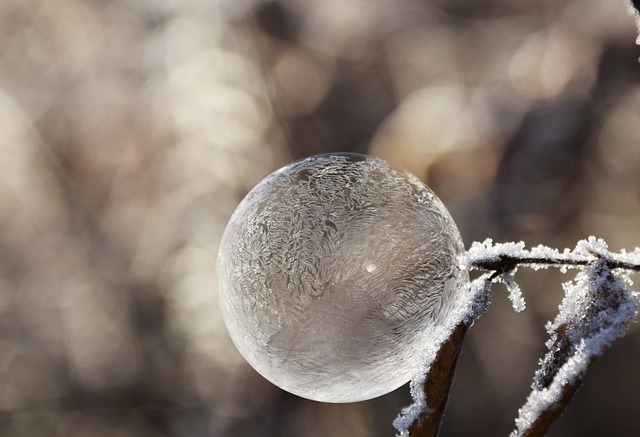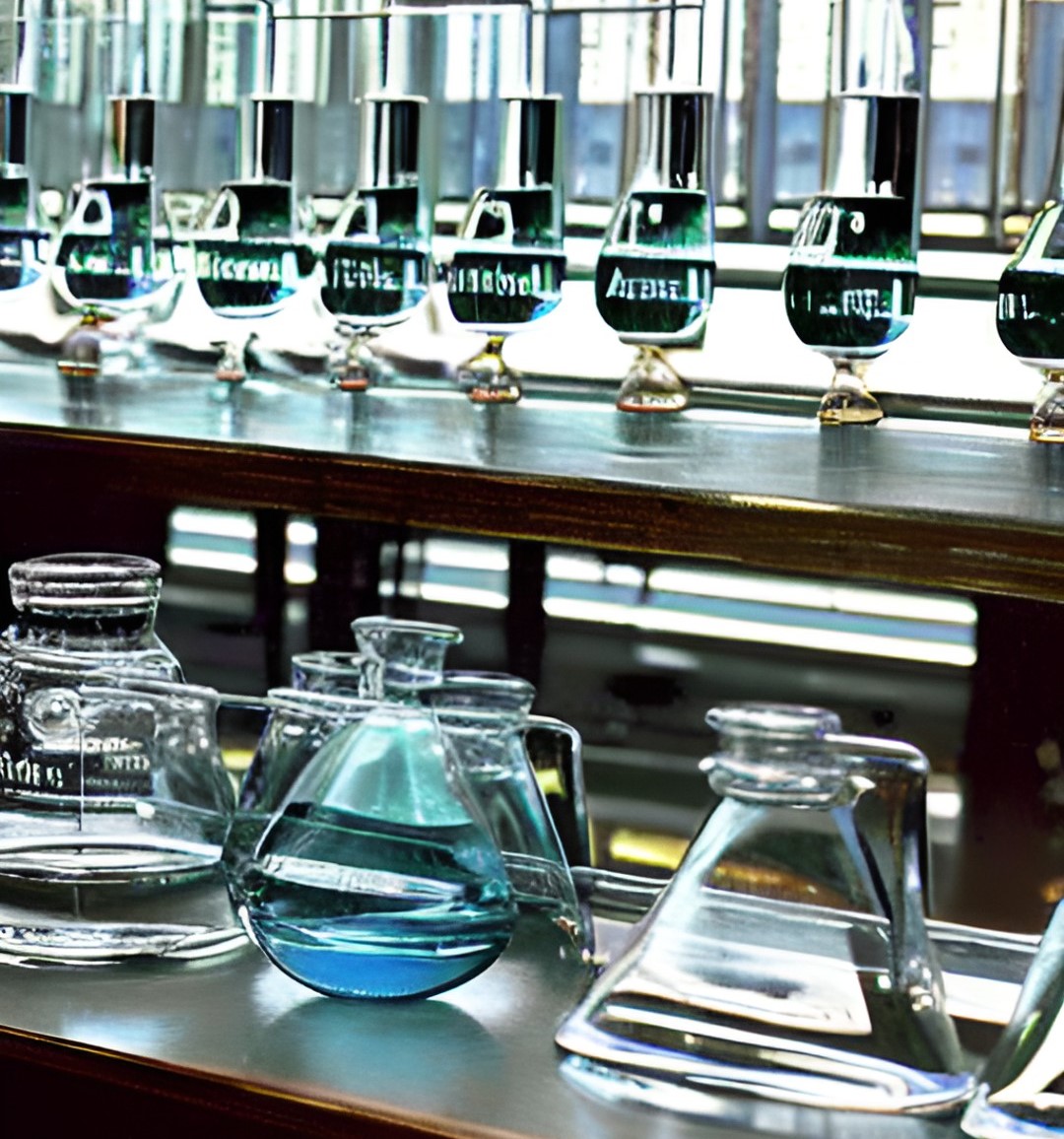
Why Does Frost Appear on Cold Surfaces? Let’s Uncover the Chilly Science!
Hey there, curious minds! Ever wondered why windows get all frosty on cold mornings? Well, buckle up because we’re about to dive into the simple science behind this chilly phenomenon.
The Basics: Understanding Temperature and Water Vapor
Let’s start with the basics. When it’s cold, the temperature drops, right? Now, imagine there’s water vapour in the air – you know, the tiny water droplets that you can’t see. When the air is cold enough, these invisible water droplets turn into ice crystals. That’s the magic behind frost!
Getting to Know Dew Point: A Key Player
Now, let’s meet our main character: the dew point. This is the temperature at which the air becomes saturated with moisture. When the air is really cold, it can’t hold as much moisture, so the excess water vapour turns into frost on surfaces.
The Play-by-Play: How Frost Forms
Picture this: a cold night, clear skies, and a drop in temperature. As the temperature hits the dew point, the air becomes saturated, and moisture starts to condense on surfaces. This moisture freezes, creating the frosty patterns you see on windows, grass, or even cars.
Why Does It Happen on Surfaces?
Surfaces, like windows or car roofs, get cold faster than the surrounding air. So, when the air chills out and reaches its dew point, these surfaces become the perfect spots for frost to show up.
In extremely cold conditions, particularly during crisp winter mornings, a fascinating phenomenon known as “frost flowers” can occur. These delicate ice structures form when the moisture in the air freezes directly onto surfaces, creating intricate, flower-like patterns. Despite their fragile appearance, frost flowers can be surprisingly resilient and add an extra layer of natural beauty to the winter landscape. Keep an eye out for these enchanting frosty blooms on exceptionally chilly days!
Learning More: The Science of Condensation and Freezing
Now, here’s the exciting part. When you study science more, you’ll delve into the details of condensation and freezing. It’s like understanding the secret dance between temperature, dew point, and water vapour that creates frosty masterpieces on surfaces.
So, there you have it! The next time you see frost on your window, you’ll know it’s just nature’s way of showing off its cool science moves. If you’re intrigued, keep learning about condensation and freezing – it’s like unlocking the science behind everyday wonders!
Stay curious, young scientists!









